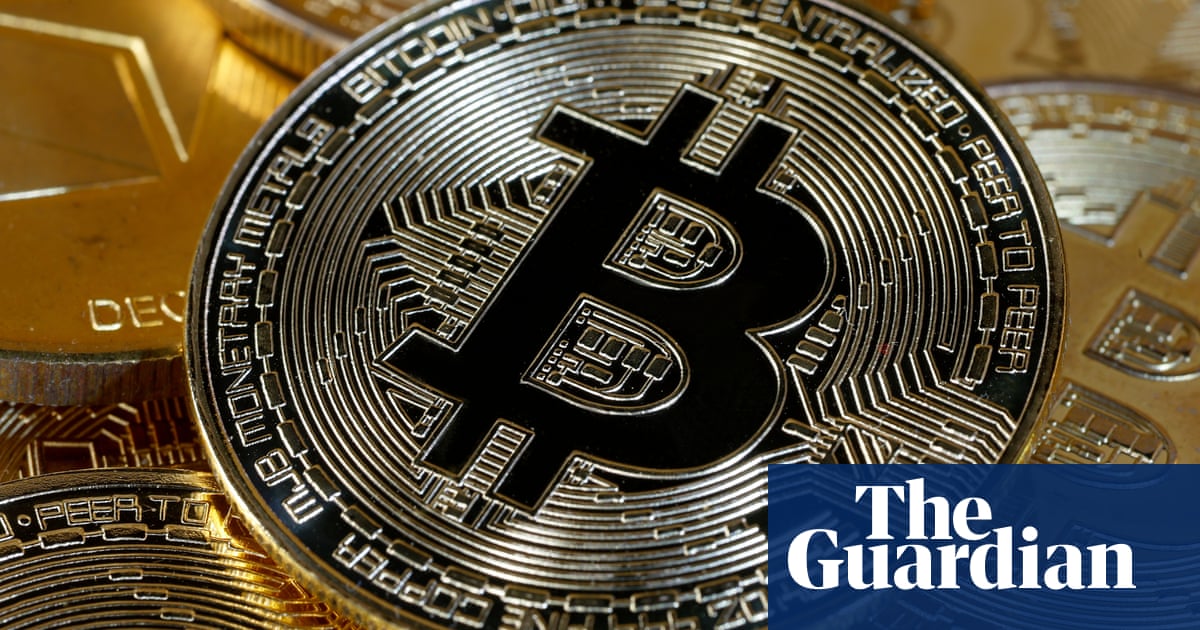Satoshi Nakamoto, the anonymous founder of bitcoin, continues to exert influence over the cryptocurrency nearly 14 years after vanishing.
This week marks the activation of Nakamoto’s designed protocol, leading to the occurrence of a “bitcoin halving,” a phenomenon historically associated with price surges. The upcoming halving is scheduled for Saturday.
In this article, we delve into the concept of bitcoin halving and its potential implications.
Understanding Bitcoin Halving
Bitcoin halving is intricately tied to the system of recording and generating bitcoins. Transactions within the cryptocurrency realm are logged on a publicly accessible ledger known as a blockchain. These transactions are processed by “miners” who compile them into blocks, which are subsequently interconnected through a process called chaining. Miners accomplish this by solving complex cryptographic puzzles using specialized hardware and are rewarded with newly minted bitcoins.
Nakamoto’s vision was to limit the total number of bitcoins in circulation to 21 million. To achieve this, the protocol mandates a reduction in miners’ rewards by half every 210,000 blocks, approximately every four years.
The imminent halving is set to occur during the early hours of Saturday in the US and UK. Following this event, the reward for validating a new block of transactions will decrease from 6.25 bitcoins to 3.125 bitcoins. With over 19 million bitcoins currently in circulation, the halving process will persist until the total supply reaches 21 million, a milestone anticipated by 2140.
Anticipated Impact on Bitcoin Price
Halving serves to diminish the influx of new bitcoins, theoretically propelling the price upwards. It is an economic principle that a reduction in supply, coupled with stable demand, should drive the price higher.
Historical data from 10x Research reveals that the past three halvings, occurring in 2020, 2016, and 2012, led to an average price surge of 16% in the ensuing 60 days. While the 2016 halving initially caused a 6% dip, the price surged significantly throughout 2017.
Markus Thielen, the head of research at 10x, attributes the price spikes post-halving to the diminished supply. However, he cautions that the peak price typically materializes around 500 days after a halving event.
Despite a recent dip from its peak of over \(70,000 to around \)62,000, bitcoin remains a robust asset, exhibiting a 40% increase in 2024 and more than doubling its value from the previous year.
It is essential to note that while prices surged post-halving in 2016 and 2020, extended downturns, termed “crypto winters,” ensued in 2018 and 2022.
Analysts at Deutsche Bank suggest that the market has already factored in the halving to some extent, tempering expectations of a substantial price escalation following the event.
Potential Drawbacks of Halving
Bitcoin mining entities, responsible for validating transactions at the cost of energy and equipment, face financial strains as their rewards diminish.
Andrew O’Neill, managing director of the digital assets research lab at S&P Global, highlights the significance of the block reward as a substantial portion of miners’ revenue. The reduction in rewards may render certain operations unprofitable, particularly those burdened with high energy expenses.
To sustain the financial viability of bitcoin mining, S&P advocates for broader adoption of the cryptocurrency in the global economy to boost miners’ earnings through transaction fees. However, this strategy conflicts with concerns regarding the environmental impact of energy-intensive bitcoin mining practices.
Moreover, critics of bitcoin caution against amateur investors being enticed by potential price hikes and ensuing hype following the halving event.
While bitcoin has garnered increased legitimacy, exemplified by regulatory approvals for bitcoin-linked exchange-traded funds (ETFs), skepticism persists. Gary Gensler, chair of the SEC, characterized bitcoin as a volatile asset utilized for illicit activities, dampening unfettered enthusiasm for its potential.
O’Neill remains doubtful about an imminent price surge, citing the evolving landscape of the bitcoin market compared to previous halvings. He underscores the influence of factors such as the proliferation of BTC ETFs in the US, alongside macroeconomic indicators like interest rates and market liquidity, on price dynamics.
Carol Alexander, a finance professor at the University of Sussex, casts doubt on the sustainability of any price escalation triggered by halving, asserting that bitcoin lacks intrinsic value and is essentially a speculative asset.

